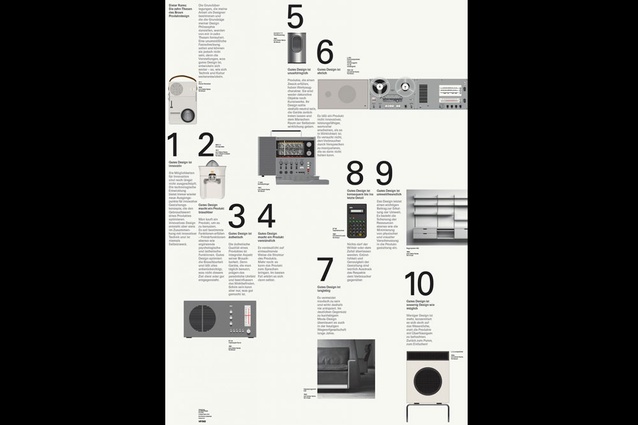Wide angle
Design that lasts sounds like a great idea, but as Lynne Elvins explains, longevity brings with it hidden dangers...
Designing to make things last is one of the sustainability options I find designers like the most. It’s the idea that they will create objects based on timeless quality that will be cherished and handed down from generation to generation, never to be thrown away. This sits well with good design thinking – “long-lasting” is one of Dieter Rams’s 10 principles – but it also appeals to the designer ego. The results are imagined in the hands of discerning customers sitting alongside an Eames chair or a Bauhaus lamp – both wonderful examples of great design that has lasted.
The major pull against longevity is the fact that most of us as customers replace items on a regular basis, whether it’s for a functional upgrade or a seasonal trend. It is nearly 60 years since industrial designer Brooks Stevens began discussing planned obsolescence: “The desire to own something a little newer, a little better, a little sooner than is necessary.” While we may not like the idea of design fuelling mass consumption, the commercial demands for this are hard to ignore.
How do we choose whether to design for the long or short term? We have to take time to think about the end-of-life stage when something is no longer wanted. When longevity is appropriate it has significant benefits. It can keep materials out of landfill, reduce consumption and encourage re-use or repair. But designing items to last a lifetime when we don’t actually need them to, can end up increasing the environmental impact. Products can have too much material, or the wrong materials, going to waste because of their robustness, and they can lack some of the light-footed principles of design for dismantling and recycling.
We have to be realistic – not wishful – about whether something might be reused, returned, or if it can be recycled. If one of these isn’t the obvious and easy answer for the decision-maker at the time, the chances are it will just become another piece of landfill rubbish – and whether that’s in 100 days or 100 years, for me, that isn’t good design.










